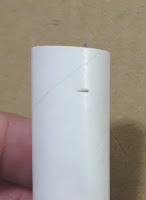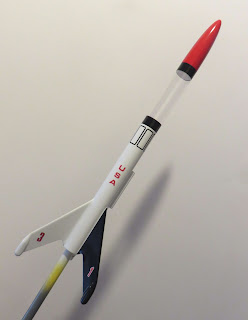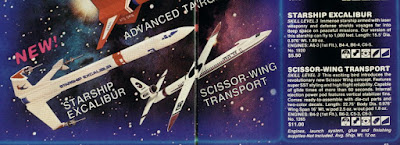Sometime I don't go into a lot of detail when I repeat a building technique on the blog. That information has been printed before, sometimes in the Apogee Peak Of Flight newsletter.
The recent "TIPS 1 & 2" were my eleventh and twelfth articles published in the P.O.F.
Here's some links to past articles.
They are listed in what I think would be the order of importance.
REPLACEABLE KEVLAR LINES IN LARGER DIAMETER MODELS
https://www.apogeerockets.com/education/downloads/Newsletter338.pdf
REPLACEABLE KEVLAR LINES IN MINIMUM DIAMETER MODELS
https://www.apogeerockets.com/education/downloads/Newsletter343.pdf
SHAPING NIKE STYLE FIN TAPERS
https://www.apogeerockets.com/education/downloads/Newsletter357.pdf
MAKING A SUPER SHROUD
https://www.apogeerockets.com/education/downloads/Newsletter349.pdf
ACHIEVING A EVEN, GLOSSY PAINT FINISH WITH SPRAY PAINT
https://www.apogeerockets.com/education/downloads/Newsletter421.pdf
MAKE AN 18mm ENGINE RETAINER FROM A WATER BOTTLE
https://www.apogeerockets.com/education/downloads/Newsletter317.pdf
MASKING AND PAINTING A NOSE CONE TIP
https://www.apogeerockets.com/education/downloads/Newsletter306.pdf
ADVANCED FINISHING TIPS - Lexx Jet
https://www.apogeerockets.com/education/downloads/Newsletter281.pdf
BUILDING A ROCKET WITH JUST A TEXTBOOK
https://www.apogeerockets.com/education/downloads/Newsletter391.pdf
BUILDING THE SKY CONDOR BOOST GLIDER
https://www.apogeerockets.com/education/downloads/Newsletter269.pdf


















































